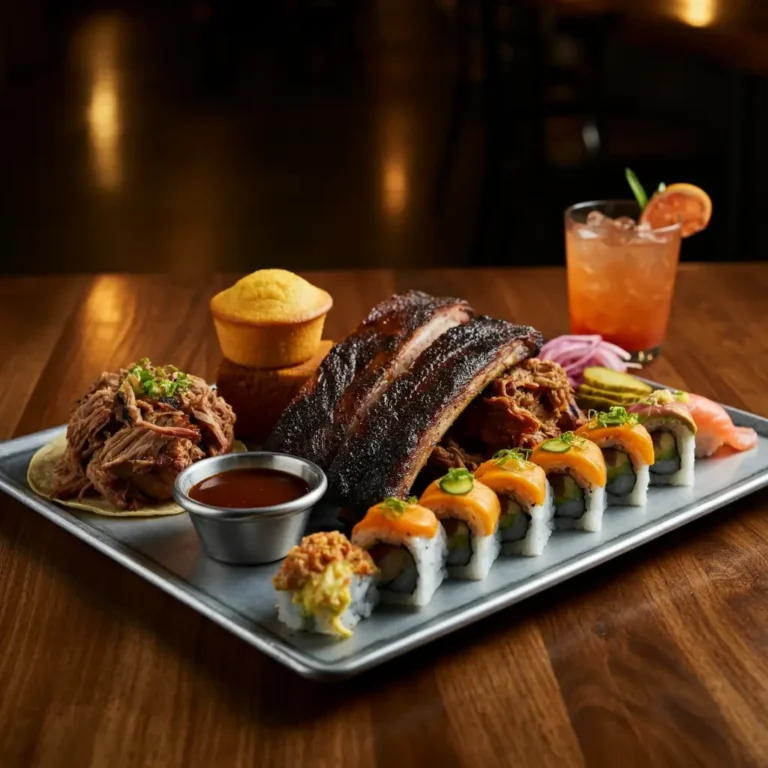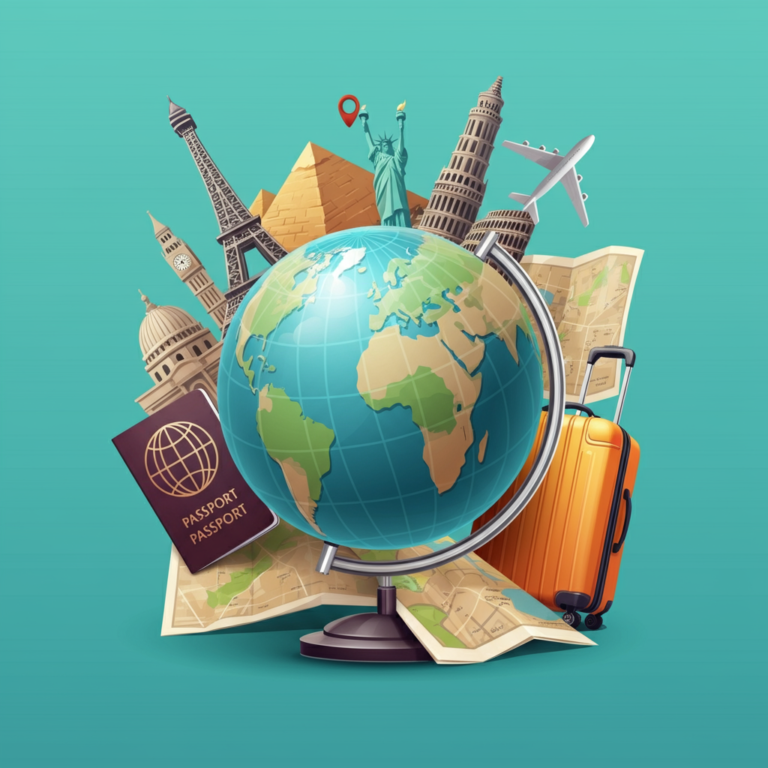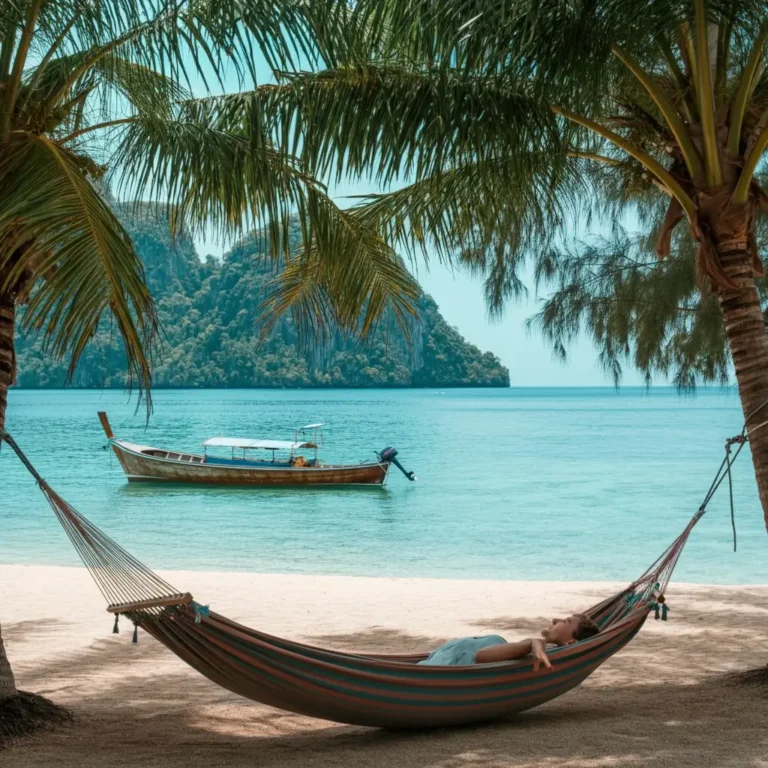Hawaii Vacation Planning Made Easy: Everything You Need to Know
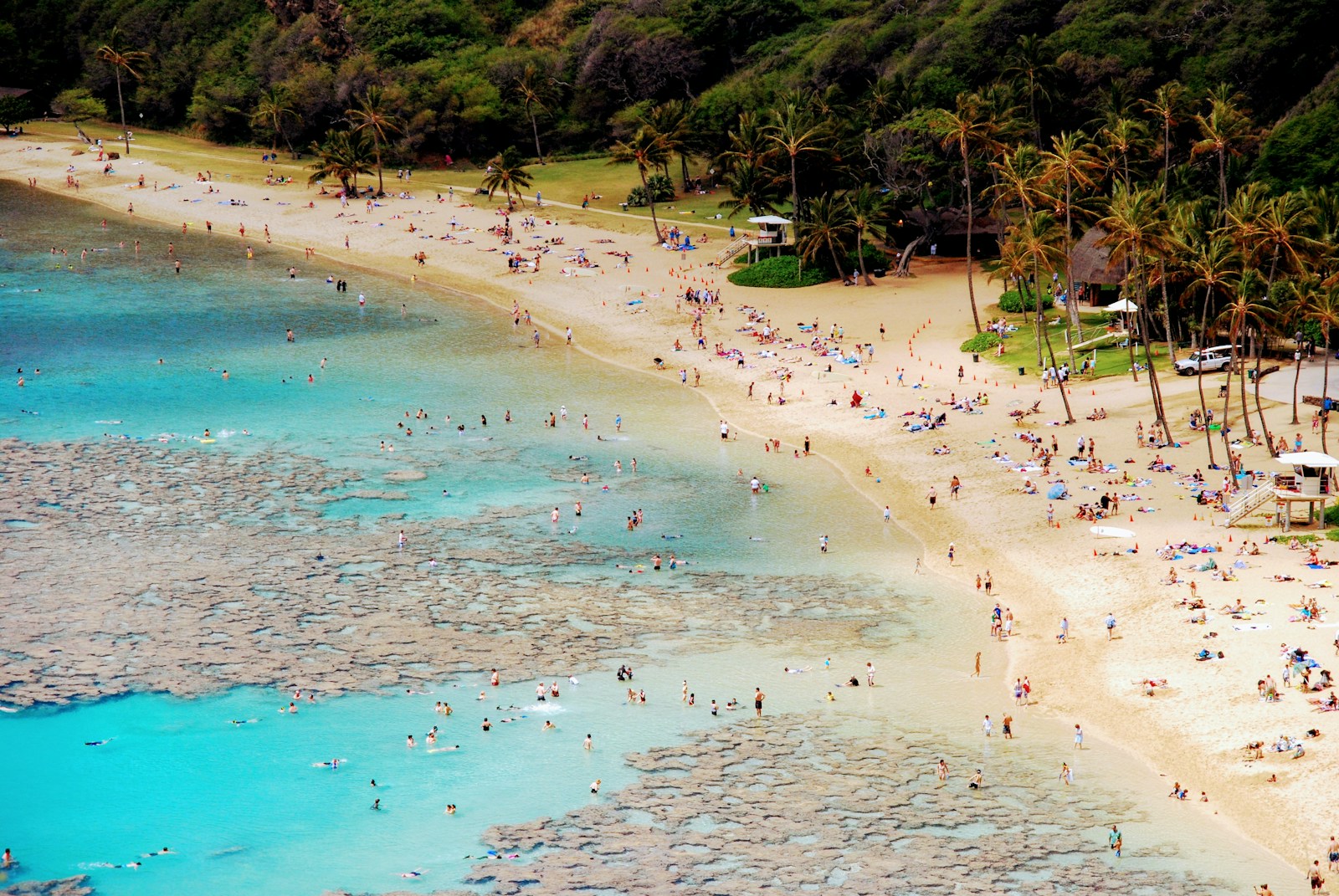
Planning a trip to Hawaii is a dream for many travelers. The enchanting islands offer breathtaking beaches, lush rainforests, and a unique culture that captivates visitors from around the globe. However, without proper preparation, your Hawaiian getaway could turn into a stressful experience. That’s why Hawaii vacation planning is so important. Whether you’re organizing your itinerary, selecting the best time to visit, or balancing your budget, a well-prepared approach ensures a memorable and stress-free trip. From exploring iconic attractions like Waikiki Beach to experiencing the vibrant Hawaiian cuisine, this guide will help you plan every detail. Let’s explore everything you need to craft the ultimate Hawaiian adventure.
Why Planning Ahead is Essential for a Hawaii Vacation
Why Early Planning Saves Time and Money
Hawaii is one of the most sought-after travel destinations, and this level of popularity means high demand for flights, accommodations, and activities. Planning ahead allows you to take advantage of lower airfare, better hotel availability, and often discounts for attractions. For instance, booking your flights at least three to six months in advance can significantly reduce costs compared to last-minute fares.
If you’re considering multiple destinations for future trips, Hawaii deserves to be on your radar. Take inspiration from 10 Must-Visit Destinations Before You Die: The Ultimate Travel Bucket List, where Hawaii’s timeless appeal is highlighted alongside other incredible locations.
Avoiding Common Pitfalls of Last-Minute Travel
Rushing your Hawaii vacation planning can lead to inflated costs and missed opportunities. Popular activities, like a helicopter ride over Kauai or snorkeling at Molokini Crater, often sell out weeks in advance. A hurried plan could also limit your chances of finding accommodations in scenic locations near major attractions. Thoughtful planning ensures you experience Hawaii’s natural and cultural richness stress-free.
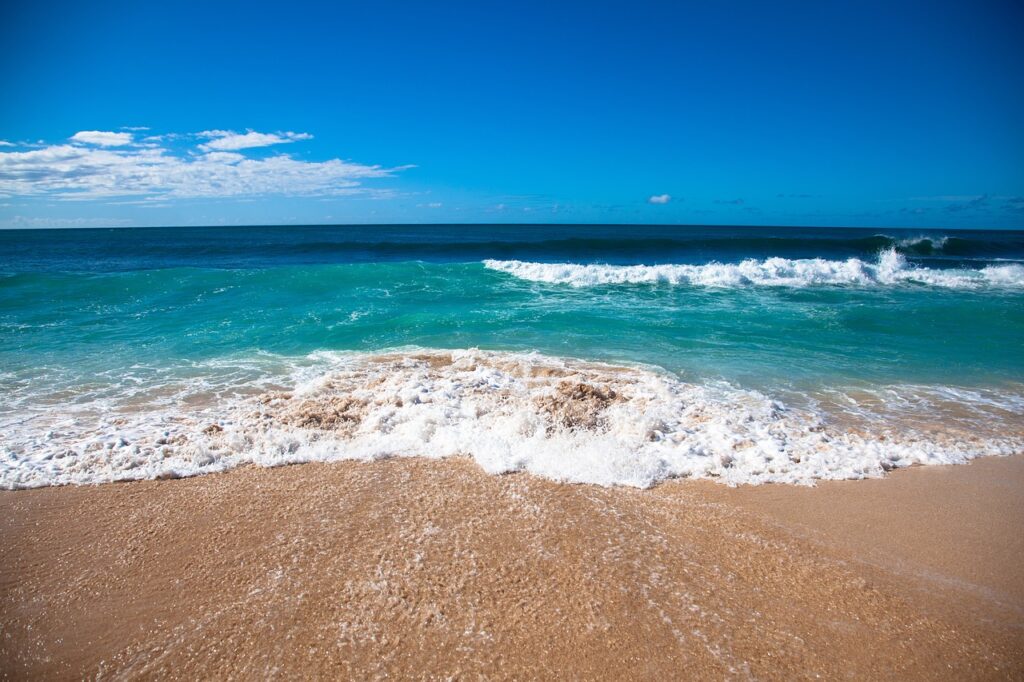
Including time for rest on the beach is essential in any itinerary. Imagine relaxing on the soft white sands of Hawaii’s many beaches, such as the tranquil shores seen in the image above. These are perfect moments to pause and recharge during your trip.
Choosing the Best Time to Visit Hawaii
Peak Season vs. Off-Peak Season
The best time to visit Hawaii depends largely on your priorities, whether it’s avoiding crowds, saving money, or catching specific seasonal events. The summer months (June to August) and holiday periods (December to January) are Hawaii’s peak seasons, offering lively events and ideal weather conditions for beach-goers. However, these months typically come with higher prices and more tourists.
If you’re seeking a quieter vacation with lower costs, consider traveling during Hawaii’s “shoulder seasons” in spring (April-May) or fall (September-October). These periods boast mild weather and fewer visitors, allowing for more intimate exploration of the islands’ natural wonders.
For more precise tips on when to experience the islands, check out Discover Hawaii: A Step-by-Step Travel Guide and Map to the Best Islands, particularly guides on Kauai, Maui, and Oahu.
Weather Considerations
Hawaii’s tropical climate means warm weather year-round, making it ideal for travel any time. However, rainfall varies by season and location. Winter is marked by occasional showers, often in larger regions like Hilo on the Big Island. Meanwhile, summer can bring drier conditions but higher temperatures. Your activities, whether it’s hiking lush trails or basking on the beach, can guide your weather preferences.
Budgeting for Your Hawaiian Getaway
Affordable Hawaiian Vacations on Any Budget
Contrary to popular belief, a Hawaiian vacation doesn’t require breaking the bank. Budget-conscious travelers often save by dining at food trucks or local spots showcasing Hawaiian favorites like ahi poke or laulau. To cut hotel costs, consider short-term rental options or guest homes that offer both affordability and comfort.
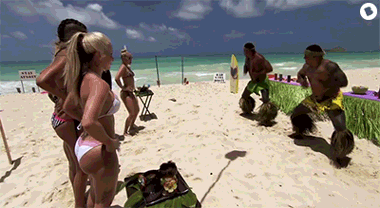
Don’t miss the chance to experience Hawaiian culture while on a budget. Attend a traditional luau, depicted in the image above, where you can enjoy cultural performances, like hula dancing, alongside local delicacies.
Factors That Influence Cost
Your budget will be influenced by decisions like your choice of island, accommodations, and activities. While inter-island flights add excitement, they can also increase your budget. Additionally, premium activities like whale-watching tours, luxury luaus, or helicopter rides may demand planning but are undeniably worth it.
For ideas on sustainable and cost-saving travel, see Green Getaways Done Right: Mastering the Art of Responsible Travel, covering eco-friendly and budget-friendly travel choices.
Planning the Perfect Hawaiian Itinerary
Must-See Hawaii Attractions
Whether you’re visiting Oahu for its iconic Pearl Harbor tour or catching the sunrise above Maui’s Haleakalā summit, planning your itinerary is key. For adventure seekers, the Big Island’s volcanic features and Kauai’s Waimea Canyon offer scenic beauty you shouldn’t miss.
Kauai’s famous Na Pali Coast, depicted above, is a must-visit. It offers extraordinary views and leisure options, such as boat tours or hiking routes. The cascading waterfalls against the steep cliffs highlight the island’s untouched charm.
Balancing Adventure with Relaxation
Allow flexibility in your itinerary to include spontaneous, unforgettable experiences. While days for exploring volcanic craters or lush forests will satisfy your adventurous side, moments relaxing on secluded beaches or indulging in spa treatments are equally important.
Essential Travel Tips
Packing Essentials for Hawaii
Prepare for a Hawaiian adventure by packing light, breathable clothing and swimwear. Comfortable hiking shoes are crucial if you’re trekking through national parks or forested trails. Reef-safe sunscreen, as required by Hawaii’s conservation laws, ensures minimal impact on marine ecosystems.
Respecting Hawaiian Traditions and Nature
Hawaiian culture places great emphasis on aloha (love and respect). Participating in cultural activities while following environmentally sound practices ensures your trip respects the islands and their people.
Staying Eco-Friendly During Your Visit
Practical Sustainability Tips
Contribute to Hawaii’s conservation efforts by embarking on eco-certified tours, using reusable water bottles, and choosing accommodations that prioritize sustainability. Avoiding single-use plastics and opting for guided experiences that respect wildlife ensures you leave behind only footprints.
Learning from Local Practices
Engage with locals to better understand Hawaiian sustainability efforts. Visits to taro farms or organic coffee farms provide insights into preserving Hawaii’s diverse environment, creating a deeper connection with the islands.
Conclusion
Traveling to Hawaii is as enchanting as it is rewarding. Thoughtful Hawaii vacation planning ensures you enjoy a trip filled with adventure, cultural immersion, and pure relaxation. From the must-visit Na Pali Coast to a soulful Hawaiian luau, combining advance preparation with flexibility reveals the best of what the islands have to offer. With sustainable practices, respect for local traditions, and careful budgeting, you can fully experience Hawaii’s spirit of aloha for memories that last a lifetime.


